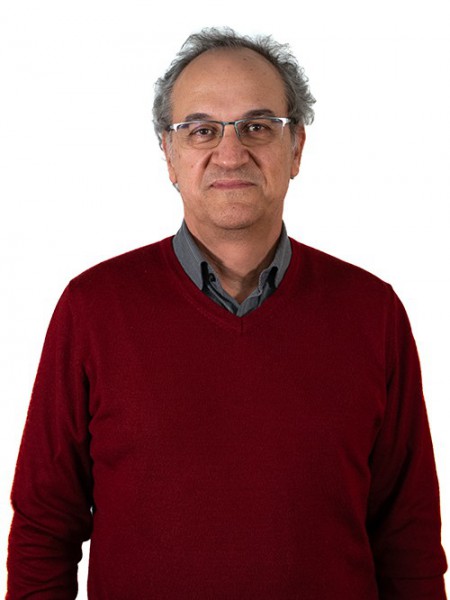resumo
Biomaterials can still be reinvented to become simple and universal bone regeneration solutions. Following this roadmap, a bone graft of carbon nanotube (CNT)/glass/hydroxyapatite (HA) with controlled CNT agglomeration state was designed with multifunctionalities able to stimulate the bone cell phenotype. The preparation route, the mechanical and electrical behavior and the in vitro profiles of degradation and osteocompatibility were described. A non-destructive dynamic route was found to have a higher influence than the Diels-Alder functionalization one on controlling the CNT agglomerate state in the ceramic-matrix composite. Biologically safe CNT agglomerates, with diameter sizes below 3 mu m homogenously distributed, were obtained in non-functionalized and functionalized composites. Yet, the lowest CNT damage and the highest mechanical and electrical properties were found for the non-functionalized materials. Even though that these composites present higher degradation rate at pH: 3 than the ceramic matrix, the CNT agglomerates are released with safe diameter sizes. Also, non-functionalized composites allowed cellular adhesion and modulated the orientation of the cell growth, with a proliferation/differentiation relationship favoring osteoblastic functional activity. Findings offer further contributions for bone tissue engineering by showing that multifunctional bone grafts with high electroconductivity, and integrating CNT agglomerates with maximized interfacing area, allow the in situ control of bone cell functions.
palavras-chave
HUMAN CORTICAL BONE; SOLUBILITY PARAMETERS; ELECTROPHORETIC DEPOSITION; ORGANIC-SOLVENTS; PARTICLE-SIZE; IN-VITRO; NANOTUBES; TISSUE; FUNCTIONALIZATION; NANOCOMPOSITES
categoria
Science & Technology - Other Topics; Materials Science
autores
Mata, D; Oliveira, FJ; Ferro, M; Gomes, PS; Fernandes, MH; Lopes, MA; Silva, RF
nossos autores
agradecimentos
D. Mata acknowledges the financial support of FCT (SFRH/BD/36273/2007). The authors gratefully acknowledge R. F. Araujo (Centre of Chemistry, University of Minho) for kindly supplying the functionalized CNTs and A. J. S. Fernandes (Physics Department, University of Aveiro) for the mu-Raman measurements.





